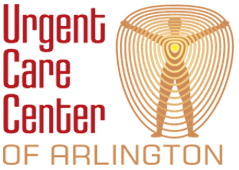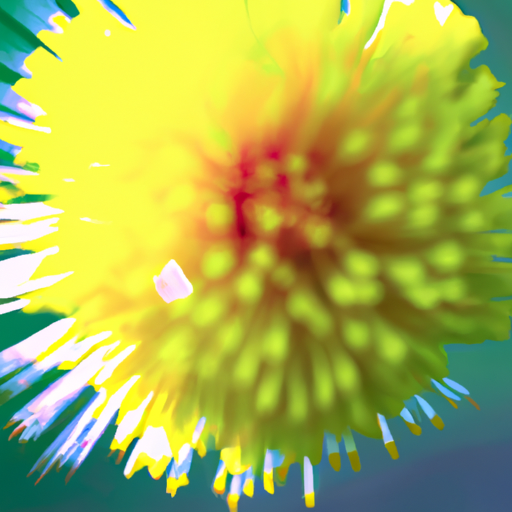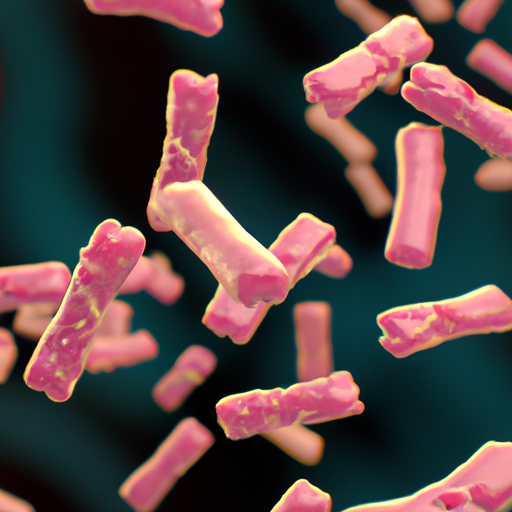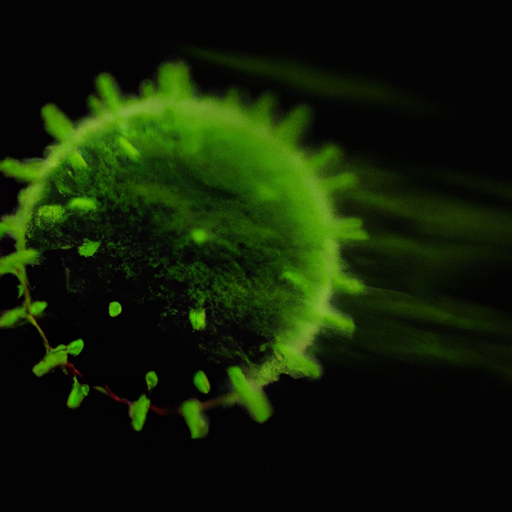Shingles is a viral infection that causes a painful rash. It is caused by the varicella-zoster virus, which is the same virus that causes chickenpox. After a person recovers from chickenpox, the virus can remain dormant in the body and reactivate years later, causing shingles. This article will provide valuable insights into the symptoms, causes, and treatment options for shingles.
Pain: The Unmistakable Symptom
One of the most prominent symptoms of shingles is pain. The pain is often described as a tingling, itching, or burning sensation. It can be localized to a specific area of the body, typically on one side. The pain can range from mild to severe and can last for weeks or even months.
The Telltale Rash and Blisters
Another characteristic symptom of shingles is the appearance of a rash. The rash usually develops a few days after the pain begins. It typically starts as red patches on the skin and then progresses to fluid-filled blisters. The blisters can be quite painful and may eventually burst and crust over.
Fever, Headache, and Fatigue
In addition to the pain and rash, shingles can also cause other flu-like symptoms. Many individuals with shingles experience fever, headache, and fatigue. These symptoms can make the condition even more debilitating and can significantly impact daily activities.
Sensitivity to Light: A Lesser-Known Symptom
While not as commonly known, sensitivity to light can also be a symptom of shingles. Some individuals with shingles may find that their eyes become more sensitive to light, causing discomfort and irritation. This sensitivity can further exacerbate the overall discomfort associated with the condition.
Causes and Risk Factors
As mentioned earlier, shingles is caused by the varicella-zoster virus. The virus can reactivate due to various factors, including:
- Advancing age: The risk of developing shingles increases with age.
- Weak immune system: Individuals with weakened immune systems, such as those with HIV/AIDS or undergoing chemotherapy, are more susceptible to shingles.
- Stress: High levels of stress can weaken the immune system and trigger a shingles outbreak.
- Previous chickenpox infection: Having had chickenpox in the past increases the risk of developing shingles.
Treatment Options
While there is no cure for shingles, there are several treatment options available to alleviate symptoms and promote healing. These include:
- Antiviral medications: These medications can help reduce the severity and duration of the outbreak if taken within 72 hours of the rash appearing.
- Pain relievers: Over-the-counter pain relievers, such as acetaminophen or ibuprofen, can help manage the pain associated with shingles.
- Topical creams: Applying creams or ointments containing capsaicin or lidocaine can provide temporary relief from pain and itching.
- Antidepressants or anticonvulsants: In some cases, medications typically used to treat depression or seizures may be prescribed to help manage the pain associated with shingles.
Prevention and Vaccination
While it may not be possible to completely prevent shingles, there are steps individuals can take to reduce their risk. The most effective way to prevent shingles is through vaccination. The shingles vaccine, also known as the herpes zoster vaccine, is recommended for individuals aged 50 and older. It can significantly reduce the risk of developing shingles and can also help reduce the severity of the symptoms if an outbreak does occur.
Conclusion
Shingles is a painful viral infection that can cause significant discomfort and impact daily life. Recognizing the symptoms, understanding the causes and risk factors, and seeking appropriate treatment can help individuals manage the condition effectively. Additionally, vaccination is a crucial preventive measure that can reduce the risk of developing shingles and its associated complications. By staying informed and taking necessary precautions, individuals can minimize the impact of shingles on their health and well-being.








